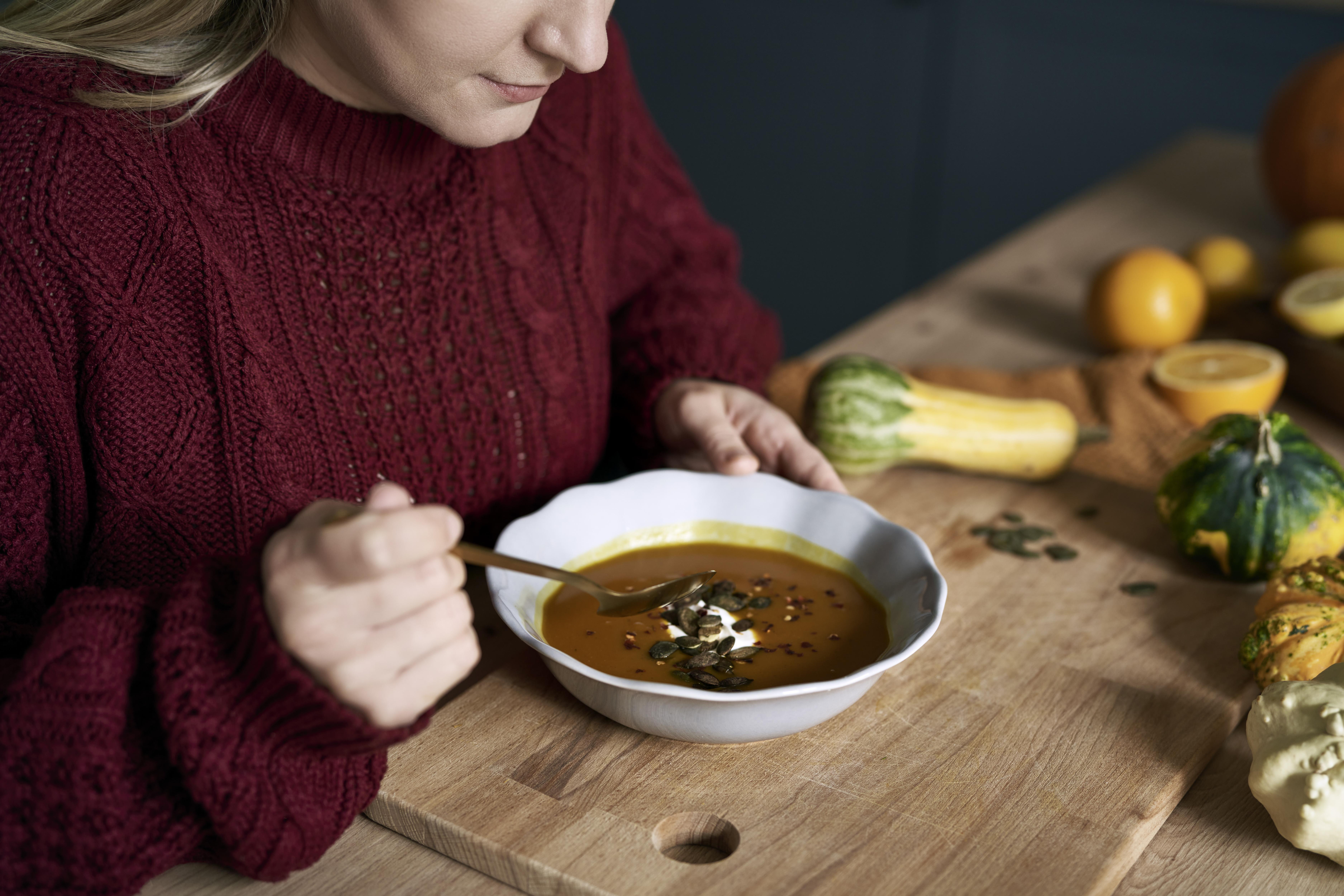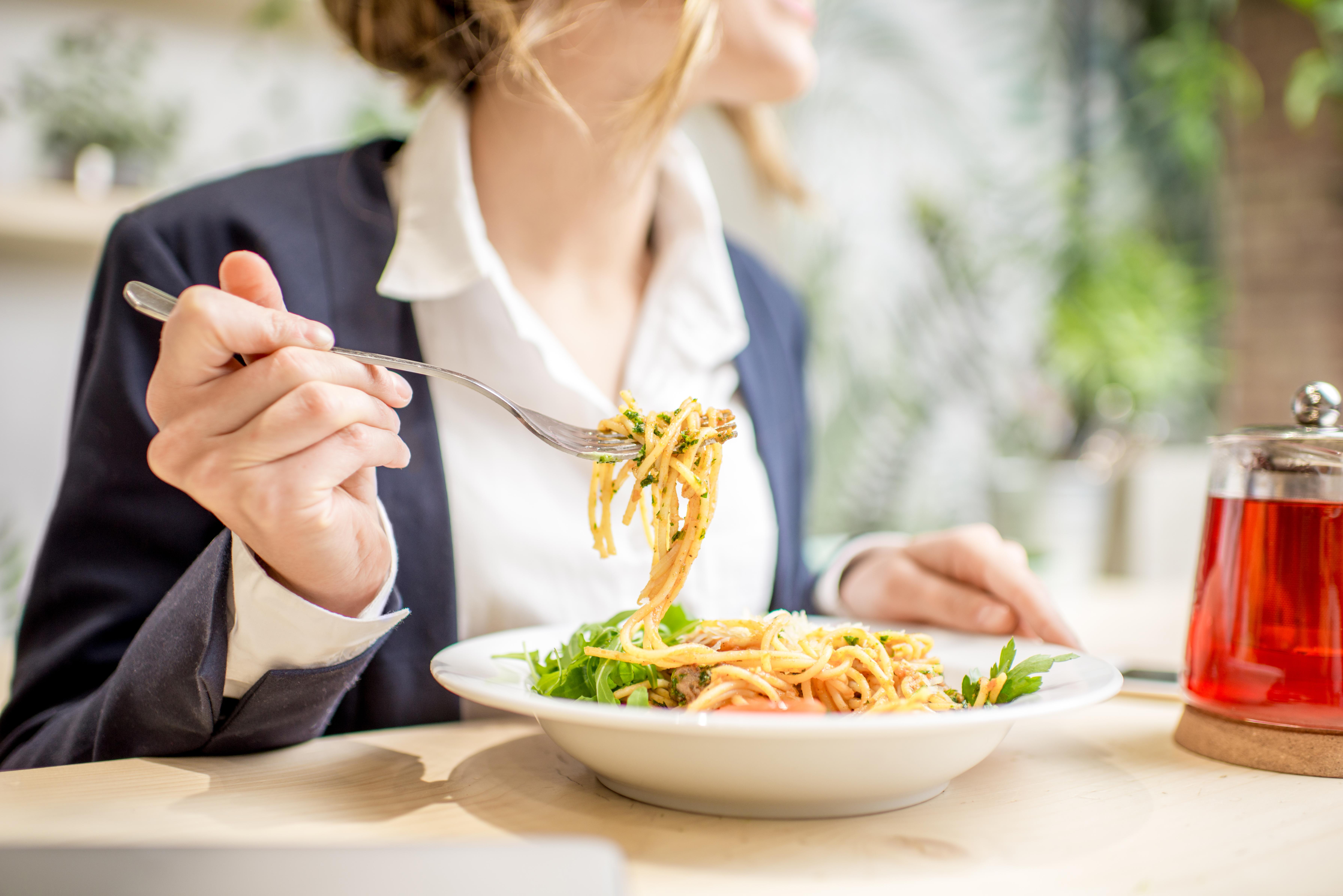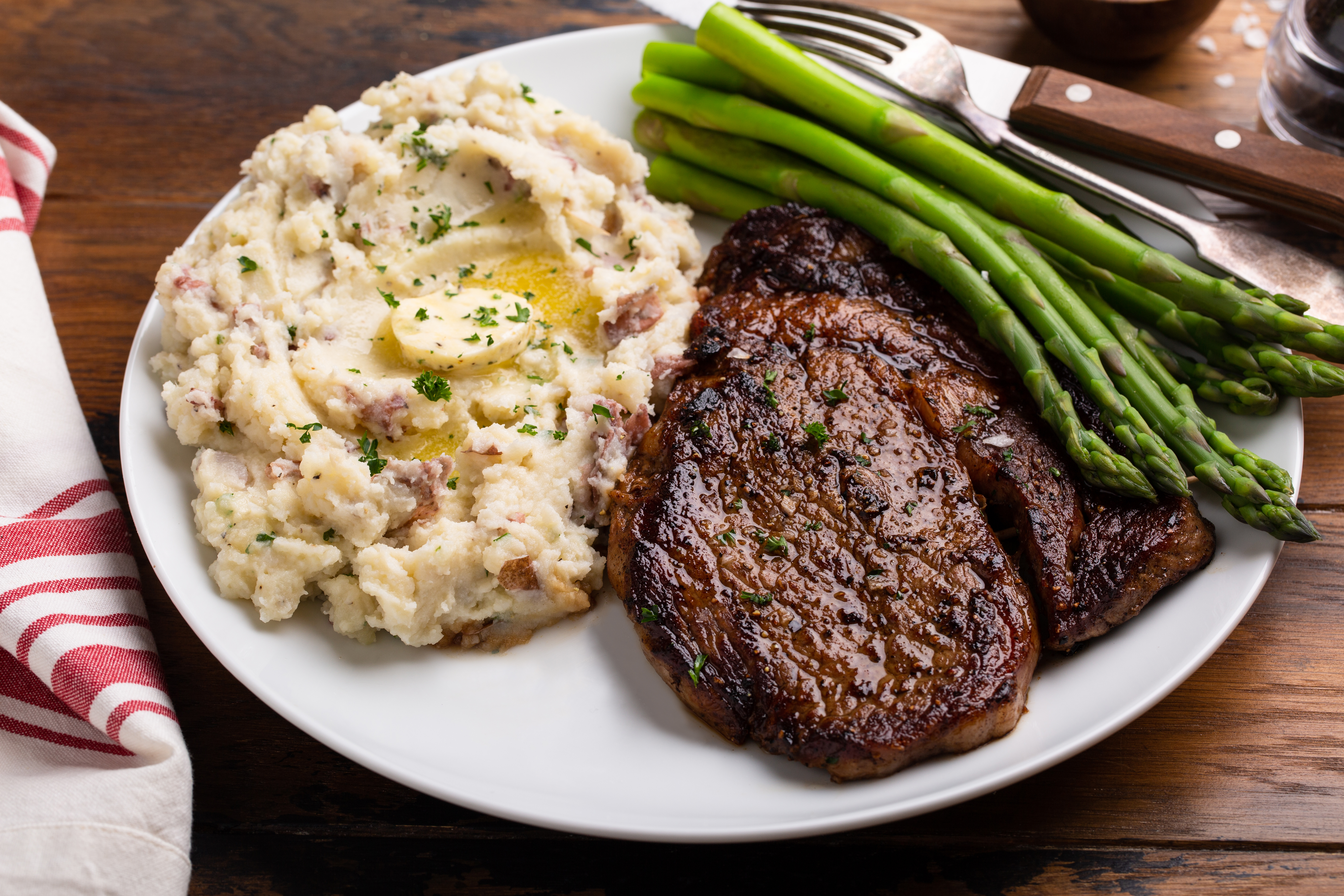11 Surprising Restaurant Foods That are a High Blood Pressure Trap
Dining out is a beloved pastime, offering a break from the kitchen and a chance to indulge in culinary delights. However, amid the allure of restaurant favorites lies a hidden health concern: hypertension. Often called the "silent killer," high blood pressure can lead to severe health issues, including heart disease and stroke. Many beloved dishes are laden with hidden sodium, saturated fats, and sugars that can contribute to this condition. This article delves into 11 popular restaurant choices that might be secretly spiking your blood pressure, offering insights into how these dishes affect your health and what you can do to make healthier choices.
1. The Sodium Trap in Soups

Soups often appear as a healthy starter, but they can be deceptive. Many restaurant soups are rich in flavor, thanks in part to high sodium content. Sodium is a key contributor to elevated blood pressure, and a single bowl of soup can contain more than half the recommended daily intake. This is particularly true for creamy soups or those based on broths that rely on salt for taste. Even seemingly healthy options like vegetable or chicken noodle soup can be culprits. To mitigate this, consider asking for low-sodium options or opting for a small serving to enjoy the taste without the full impact.
2. The Secret Salt in Salads

Salads are often the go-to for health-conscious diners, yet they can be surprisingly high in sodium and unhealthy fats. Dressings, cheeses, croutons, and processed meats like bacon or ham can all add significant amounts of salt. For instance, a Caesar salad, despite its leafy greens, can contain nearly 1,000 milligrams of sodium. To enjoy salads without the blood pressure spike, request dressing on the side, choose fresh over processed toppings, and opt for vinaigrettes instead of creamy dressings. These small changes can significantly reduce the sodium content of your meal.
3. Pizza: A Slice of Caution

Pizza is a universal favorite, but it's also a sodium bomb. The combination of dough, cheese, and processed meats like pepperoni or sausage makes pizza a high-sodium meal. A single slice can have up to 760 milligrams of sodium, and who stops at just one? The cheese and cured meats are primary contributors, but even the crust can be a hidden source of salt. For a healthier option, choose thin crust, load up on veggies, and go easy on the cheese and meats. Some restaurants also offer low-sodium cheese or whole-grain crusts, which can be a better choice.
4. The Pasta Predicament

Pasta dishes, especially those served in restaurants, are often drenched in rich sauces that are high in sodium and fats. Alfredo and marinara sauces, while delicious, can contribute significantly to your daily sodium intake. Additionally, pasta dishes are often served in large portions, which means more sauce and more sodium. To enjoy pasta without the health risks, consider sharing a dish, opting for whole-grain pasta, or asking for sauce on the side to control the amount. You can also inquire about lighter sauce options or request extra vegetables to balance the meal.
5. The Burger Blues

Burgers, a staple of many restaurant menus, can be a major source of sodium and unhealthy fats. The patty itself, often seasoned with salt, is just the beginning. Add cheese, bacon, sauces, and a salted bun, and you have a meal that can easily exceed 1,500 milligrams of sodium. To curb the impact, choose a single patty over a double, skip the bacon, and opt for mustard or ketchup instead of high-sodium sauces. Many restaurants now offer turkey or veggie burgers, which can be a healthier alternative without sacrificing taste.
6. Fried Foods: A Crunchy Concern

Fried foods like chicken wings, fries, and onion rings are beloved for their crispy texture but are often loaded with sodium and unhealthy fats. The breading and frying process significantly increase the calorie and sodium content. For example, a serving of chicken wings can contain upwards of 1,000 milligrams of sodium. To enjoy fried foods with less guilt, consider sharing a portion, choosing grilled over fried, or opting for baked alternatives. Some restaurants offer air-fried options, which can provide the same crunch with less oil and salt.
7. Asian Cuisine: A Salty Surprise

Asian dishes, such as Chinese or Thai cuisine, are often laden with soy sauce, fish sauce, and other sodium-rich ingredients. A single serving of soy sauce can contain over 900 milligrams of sodium, and dishes like fried rice or pad thai can quickly add up. To enjoy these flavors without the health risks, ask for sauces on the side, choose steamed over fried options, and look for dishes labeled as "light" or "low-sodium." Many restaurants are willing to accommodate requests for less salt, so don't hesitate to ask.
8. The Steakhouse Snafu

Steakhouses are known for hearty, flavorful cuts of meat, but these dishes often come with a hefty dose of sodium. Seasonings, marinades, and sauces used to enhance flavor can contribute significantly to sodium intake. Additionally, side dishes like mashed potatoes or creamed spinach can be sodium-heavy. To make a healthier choice, opt for lean cuts of meat, request seasoning on the side, and choose steamed or grilled vegetables as sides. This way, you can enjoy the steakhouse experience without compromising your health.
9. The Breakfast Buffet Behemoth

Breakfast buffets offer a wide variety of choices, but many options are high in sodium and unhealthy fats. Items like bacon, sausage, and hash browns are particularly problematic. Even seemingly healthy options like omelets can be loaded with cheese and salted meats. To navigate the buffet with health in mind, prioritize fresh fruits, whole grains, and eggs without added cheese or meats. Consider building your plate with a balance of protein, fiber, and healthy fats to start your day on a healthier note.
10. Mexican Meals: A Flavorful Foe

Mexican cuisine is known for its bold flavors, but dishes like tacos, burritos, and enchiladas can be high in sodium due to ingredients like cheese, salsa, and seasoned meats. A single burrito can contain more than 2,000 milligrams of sodium. To enjoy Mexican food without the blood pressure spike, choose grilled over fried, skip the cheese, and opt for fresh salsa or guacamole instead of sour cream. Many restaurants offer whole-wheat tortillas and brown rice, which are healthier alternatives to traditional options.
11. Desserts: Sweet but Sinister

Desserts may seem like an innocent indulgence, but they can also contribute to high blood pressure through hidden sodium and sugars. Items like cakes, pies, and pastries often contain baking soda or baking powder, which are sodium-rich. Additionally, the sugar content can lead to weight gain, a risk factor for hypertension. To satisfy your sweet tooth without the health risks, consider sharing a dessert, choosing fruit-based options, or enjoying a small portion. Many restaurants now offer smaller dessert sizes or sugar-free alternatives.
Dining Out with Awareness

While dining out is a pleasurable experience, it's essential to be aware of the hidden sodium and unhealthy fats lurking in restaurant favorites. By understanding the impact of these foods on blood pressure, you can make informed choices that prioritize your health without sacrificing enjoyment. Simple modifications, such as requesting sauces on the side, choosing grilled over fried, and opting for fresh ingredients, can significantly reduce the health risks associated with dining out. With a little mindfulness, you can continue to savor your favorite meals while keeping your blood pressure in check.